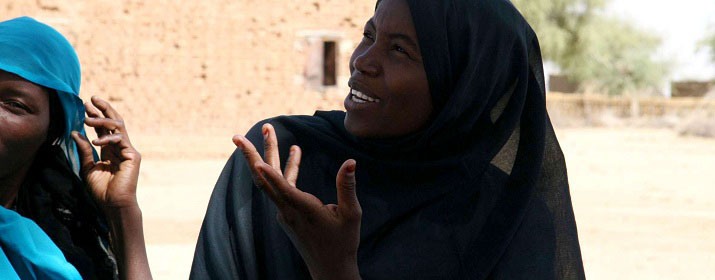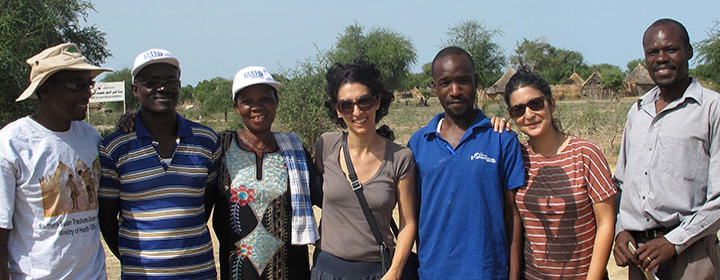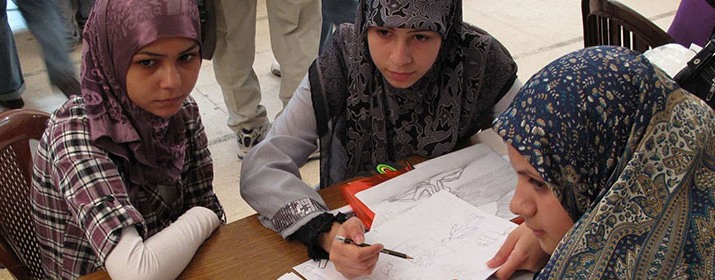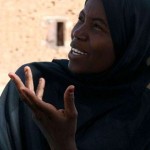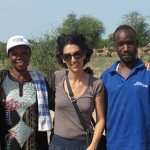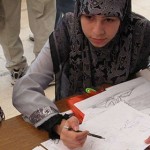Long before E. Wilson introduced the word “biodiversity” in common language, many other thinkers, scientists, men and women of culture and action had placed the concept of biodiversity at the center of their attention. There is no tradition, culture or religion that has not reflected on the wealth represented by all the living beings that surround and feed us; and has not celebrated, with different images, the main features of biodiversity: value, beauty, complex dynamics.
Noah, before the announced catastrophe of the flood, calls his children and prepares the Ark, to gather and save – without exception – all the animal species and return them to the new reconciled world. Biodiversity, evolutionary processes, life on Earth, individual and social responsibility are issues that always intertwined in our history and now are back in the limelight of the scientific and political scenarios.
The production of diversity is the main driver of evolution, both in terms of individual organisms and species: “speciation” imprisons and keeps variations in populations, as well as genetic mutations produce changes at individuals’ level.
In order to better use the radiant energy that the sun gives us, the components of the biosphere, all living beings – plants and animals – tend to be structured to increase their receptive capacity. If there are multiple and well differentiated receptors, the overall performance of energy increases; with only one type of receptor, the system performance decreases and its vulnerability raises to external unfavorable events.
Biodiversity is the most explicit expression of a better structural setting strategy, dynamically refined by the biosphere.
With agriculture man has generally reduced biodiversity, because of the focus only on plants/crops more convenient for short duration and easier to manage production cycles. The so-called industrialized agriculture, resulting from the Green Revolution, developed and disseminated on a model based on economies of scale, fragmentation of the production phases and specialization of activity, that means, in agronomic terms, greatly simplified and intensified monocultures that reduce or exclude the presence of an agro-forestry complex system with hedge-rows, buffer wooded or grassland strips, spontaneous plants, wild flora.
With agriculture a new dimension of biodiversity came into being, which today is referred to as agro-biodiversity, a term that refers to the result – over the centuries – of the interaction between the processes of natural selection and direct and indirect actions of farmers. It is therefore an expression of the different levels of an agro-ecological and socio-economic culture and a political life of a society. Agrobiodiversity individual and collective management decisions strongly influence quali-quantitative levels, food production stability, agricultural and enterprise systems sustainability on a regional scale, the delicate structural and functional relationships characterizing the agricultural landscape.
On a global scale, the present structure of agriculture is very similar to a tall and narrow pyramid: out of the 250,000 to 500,000 species of plants existing, only 1,500 are used; out of the current 120 crops of national importance, only 15 to 20 are of global importance, 90% of energy and protein comes from 15 crops and 8 animal species. Among the cultivated species only three crops, wheat (Triticum spp.), rice (Oryza spp.) and corn (Zea mays) provide more than half of the energy that humanity derives from food (FAO, 1998). The number of cultivated varieties of these agricultural species is still in contraction: in the last century more than 90% of the cultivated varieties have disappeared from farmers, and are partly conserved in the collections of germplasm of some research institutes (gene or seed banks).
It ‘s been nearly a century since one of the greatest scholars of agrobiodiversity, Nickolay Ivanovich Vavilov began collecting species from all over the world in order to understand its potential.
In 1932, Vavilov wrote, “many historical problems can only be understood on the basis of the interactions between humans, animals and plants.” The work and thought of Vavilov has formed the basis of many studies and research on plant genetics, still carried out throughout the world: thanks to this Russian agronomist we know the concept of centers of origin of cultivated plants (Proiskhozhdenie i geografiia kul’turnykh rastenii). Vavilov wrote: “the centers of origin of most of the crops began to stand out in botanical areas where powerful processes of formation and selection of plant types were active. It’s evident that primitive men crossed these regions, rich in plant species associations among which large numbers of edible plants “.
In the 20s of last century, Vavilov was commissioned by the Soviet government to initiate a program of deep transformation of agriculture that would allow, thanks to the availability of new resources, a subsequent industrial progress. Vavilov based his theory on the development of Mendelian ones, according to which the genetic material of a plant provides the mechanism for the transmission of characters from one generation to another.
To improve yields, Vavilov proposed to use all the morpho-physiological characteristics variability of plant modified by humans and their ancestors, by exploiting both the work of many generations of farmers and the gifts of nature. Vavilov had the intention to gather in Russia all world major crops germplasm and created the VIRV (Pan Soviet Institute of plant breeding) where for years he cultivated many varieties of fodder, vegetables, cereals and fruit taken from this wide collection. The VIRV had also a network of experimental stations. In 1925 he began the first shipments in all areas of Russia, and later in all agricultural areas in the world. In a few years, VIRV organized 200 expeditions in 65 countries to bring to the USSR more than 150,000 samples of seeds or plants. During these expeditions, Vavilov discovered the existence of geographic centers of cultivated plants variability and the parallelism of changes in species and in related families (law of homologous series in genetic variability). He identified the centers in those areas where he could find the maximum variability of the species, that is to say where he had been able to collect plant material of the same species, but with shapes, colors and different life cycles; moving away from the center of origin, the variability decreased.
Vavilov, brave collector of biodiversity, has left us a botanic, genetics and agronomy interpretation key, having clarified the connection between the genetic traits of a plant, its geographical origins, the following evolution and its agronomic potential. Vavilov’s schematic representation of the historical, geographical and agronomic biodiversity, it’s still relevant today and it’s is a powerful theoretical framework useful in the interpretation of complex co-evolutionary phenomena taking place within the agro-food systems around the world.
Prof. Stefano Bocchi
PhD in Plant Biology and Productivity of Cultivated Plant
University of Milan


